“A fact that confounds me now when I think back on it,” writes the acclaimed Indian author Amitav Ghosh at the start of this expansive and thoughtful book, “is that for most of my life China was for me a vast, uniform blankness.” There were many reasons for this, he says. The war between India and China in 1962 might have played a part, along with the complex relationship between the two countries since then; but also the way that “an inner barrier” has been “implanted in the minds” of many around the world — one that blocks out China but allows in the “language, clothing, sport, material objects and art of the West.”
Smoke and Ashes is a lovely blend of historical writing, travelogue and personal reflection stemming from what the author calls his “epiphany.” China’s imprint on the world is, and has long been, vast, he says — but often invisible. One might hear and learn little about the country, its people and its history, but traces are everywhere — from packets of peanuts to envelopes, from incense sticks to the gardens of Wolfson College, Oxford. “Everywhere I looked, there was something, old or new, that harked back to China.”
Ghosh’s focus in this book grew out of his “Ibis” trilogy (beginning with Sea of Poppies), in which he came across many of the themes that appear here. Opium plays the central role; but rapacious greed, the evolution of poisonous ideas about race, mind-boggling double standards, the legacies of the past — and some painful modern parallels — provide an unsettling backdrop. Ghosh is too elegant a writer to frame his book through the prism of burning anger. Nevertheless, there is passion aplenty.
One Dutch governor general returned home after a spell in Asia with ‘Bill Gates’ levels of wealth
Poppies are “a thirsty, labor-intensive crop, difficult to cultivate for small farmers.” The pods produce raw opium, whose properties have been known for more than two millennia. For many centuries, it was the preserve of the rich, out of reach for most people. But while the odd Mughal emperor enjoyed “a pill of opium” or two, it was the medicinal effects that were initially most highly valued. Thomas Sydenham, a seventeenth century English apothecary, noted: “Among the remedies which has pleased Almighty God to give to man to relieve his suffering, none is so universal or efficacious as opium.”
Nor, he might have added, as dangerous. When smoked, opium is devastating and highly addictive. Fires, robberies and the worst of crimes could be attributed to opium addiction, according to one aristocratic Javanese woman 200 years after Sydenham. “Hunger will make man a thief, but the hunger for opium will make him a murderer.” Perhaps not surprisingly, Ghosh draws parallels with the OxyContin scandal throughout this book.
As with OxyContin, the problem was that addictive drugs create opportunities. The expansion of opium production and markets were motors of the extension of empires. Rulers in places such as Java and Lombok had “stern prohibitions” against opium in their realms. When the Dutch eventually established a grip on the archipelagos of South East Asia, they broke down restrictions that got in the way of making money. Soon they were shipping so much opium from India that markets in Java increased seventeen fold. Huge new fortunes were made: one Dutch governor general returned home after a spell in Asia with what Ghosh calls “Bill Gates” levels of wealth. Just don’t ask how he made his money.
Or perhaps do, the author says, precisely because of the fog deliberately created to conceal the vast profits made from the opium trade. Ghosh reserves particular scorn for the sleight of hand perfected by the British, who followed hot on the heels of the Dutch into the Indian Ocean in search of profits. The British were past masters at dressing up a convincing narrative. There was “ceaseless trumpeting of the virtues of Free Trade” on the one hand, says Ghosh, and cold reality on the other: the constant use of “their armed forces to create business opportunities and to crush competitors.” This became a way of life. As one British smuggler put it: “We make a practice of running over the Chinese fishing boats by night, for they will not get out of the way.”
Few scholars now look at the age of Empire through rose-tinted spectacles — with the result that assessments can be brutal. The Dutch created the “first imperial narco state,” a model that was “perfected by the British in India.” Such views are now mainstream, with Ghosh quoting recent research (as he does often) from a journal published by the National Defense University in Washington stating that the trade networks established by English merchants, and the East India Company in particular, created “the world’s first drug cartel.” With “the colonial world system,” says the author, the British were able to do what Pablo Escobar was not: to go “legit.”
Business cartels and empires rely on ruthlessness and cynicism; but they also need organizational structure. Ghosh explains how this developed and over time enabled British officials to live in considerable style while overseeing opium plantations and production factories, such as those in Patna and Ghazipur. One, John Wilton, was said to own “the finest collection of paintings in India.” Wilton kept his distance from the hard work and noxious fumes produced by the refining process that were sickening, wrote Kipling; but my word, he added, didn’t they produce “such a splendid income.”
Other people bore the brunt. Opium had originally been developed to exchange for tea from China. While that trade was substantial, the opening up of tea plantations in India, Malaya and Ceylon offered new alternatives. But the demand for opium had spread like wildfire. Ghosh suggests that by the late nineteenth century perhaps 10 percent of the population of China were opium users — in other words tens of millions of people.
British financiers lobbied the government to declare war on China to promote their own interests
That owed something to what the author calls “another instance of the British Empire’s remarkable talents” — namely that non-white people were considered “by nature prone to addiction and depravity.” The image of brazen “orientals” loomed large in popular culture. Obviously the “self-interested energy of the merchants” drove drug sales, wrote Charles Dickens. But so too did the “venality” of the Chinese emperor’s officials: the Chinese, opined Dickens, “are the most corrupt people on the face of the Earth.”
It does not take much to see the irony of such positions being adopted loftily by British financiers who lobbied the government in London to declare war on China to promote their own interests — crony capitalism at its peak. The Chinese, wrote Sir James Matheson shortly before the first of the Opium Wars, were “a people characterized by a marvelous degree of imbecility, avarice, conceit and obstinacy.” They were a pushover, he argued, and no match for those with superior values and a strong sense of entitlement.
Ghosh’s book makes for unsettling reading, and, as he admits, was difficult to write because of the obscene profiteering and suffering he had to cover. Greed infected everyone, as did attempts to obscure it. Take the grand families of New England, for example. The list of those whose fortunes were boosted by drug trafficking either directly or indirectly are shocking. “Send ships immediately to China,” John Adams had told Congress back in 1783: trade will make the newly independent United States rich. But few would ever know that the predecessor of OxyContin helped build some of Boston’s finest mansions and maintain its grandest families.
There are some heroes in this book, despite the gloomy message that money can not only be corrupting and corrosive but can destroy lives. One is Charles W. King, of Olyphant & Co., a New York-based firm that did well in China without touching drugs. “The opium trade with China is fraught with evils, commercial, political, social and moral,” he wrote to foreign merchants in Canton (Guangzhou). No one listened, but with clear consciences commended church preachers for reminding them how to live well.
Women such as Pandita Ramabai and Soonderbai Powar also emerge as inspirational figures, building shelters and providing education for women and girls and reaching wide audiences in the 1880s and 1890s with their demands to ban the opium trade. It would have been good to learn more about them and, indeed, something — anything — about the Chinese addicts, officials, activists and traders who represent the invisible people Ghosh set out to identify.
In a way the story has a happy ending, with agreement finally reached in 1907 to phase out all opium exports from India to China. The fact that the trade was practically eliminated four years later was seen by an observer at the time to be “one of the greatest moral achievements in history.” It might even provide hope for other activism, like the phasing out of fossil fuels, says Ghosh. That seems optimistic to me. But, as he says, at a time when so much looks dark and worrying, why not hold out for “a rare but bright ray of hope?”
This article was originally published in The Spectator’s UK magazine. Subscribe to the World edition here.



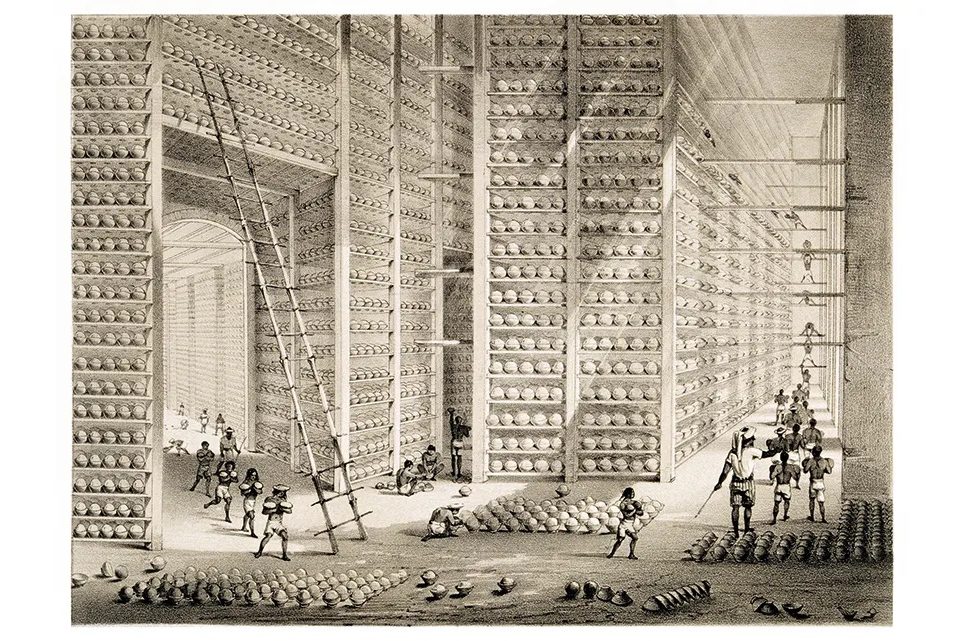








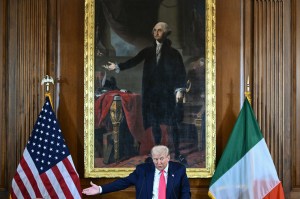

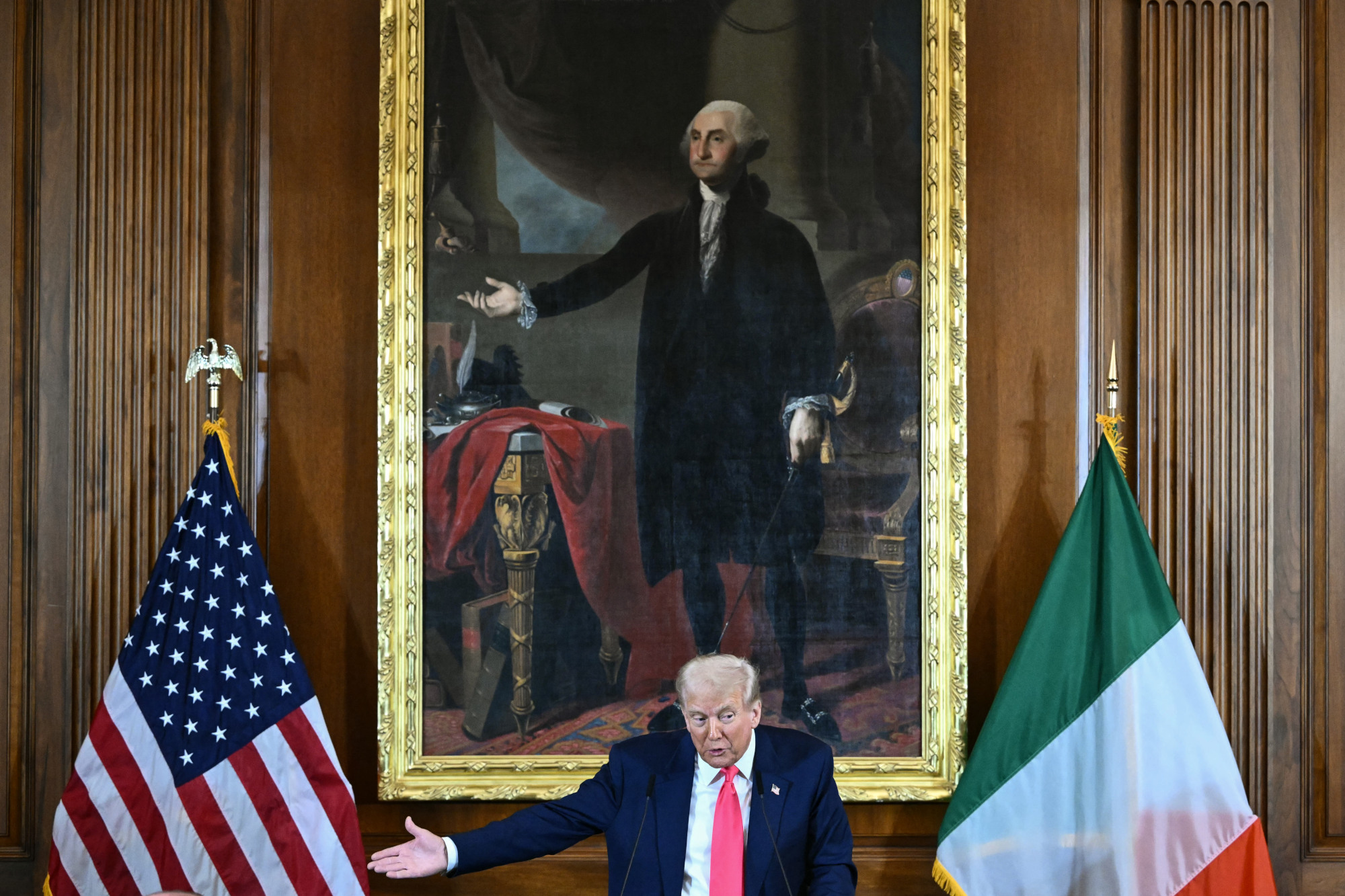


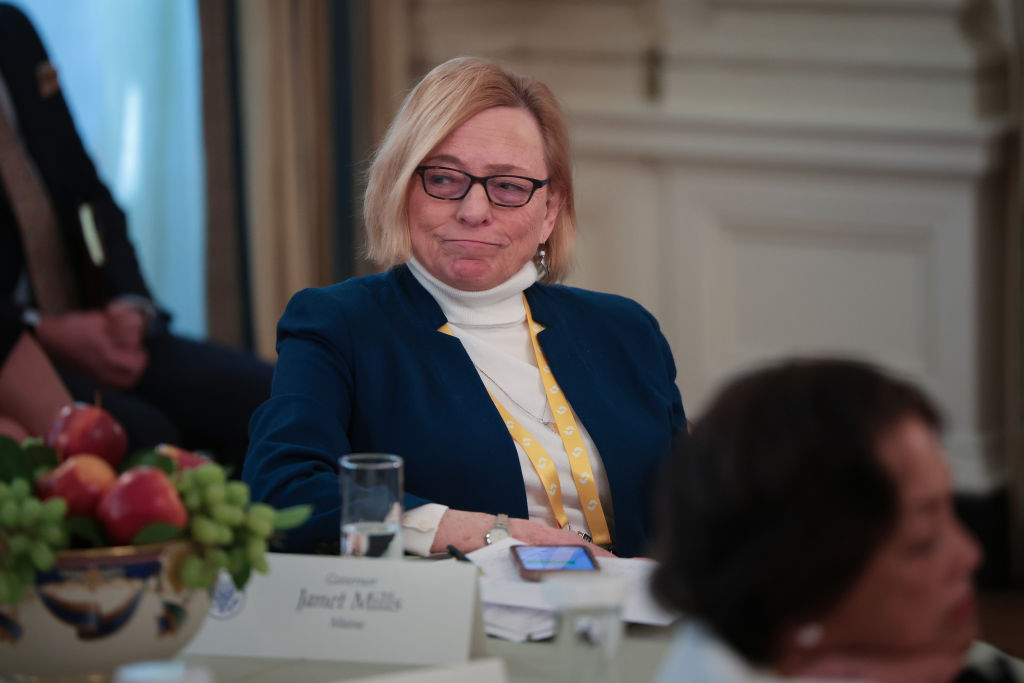
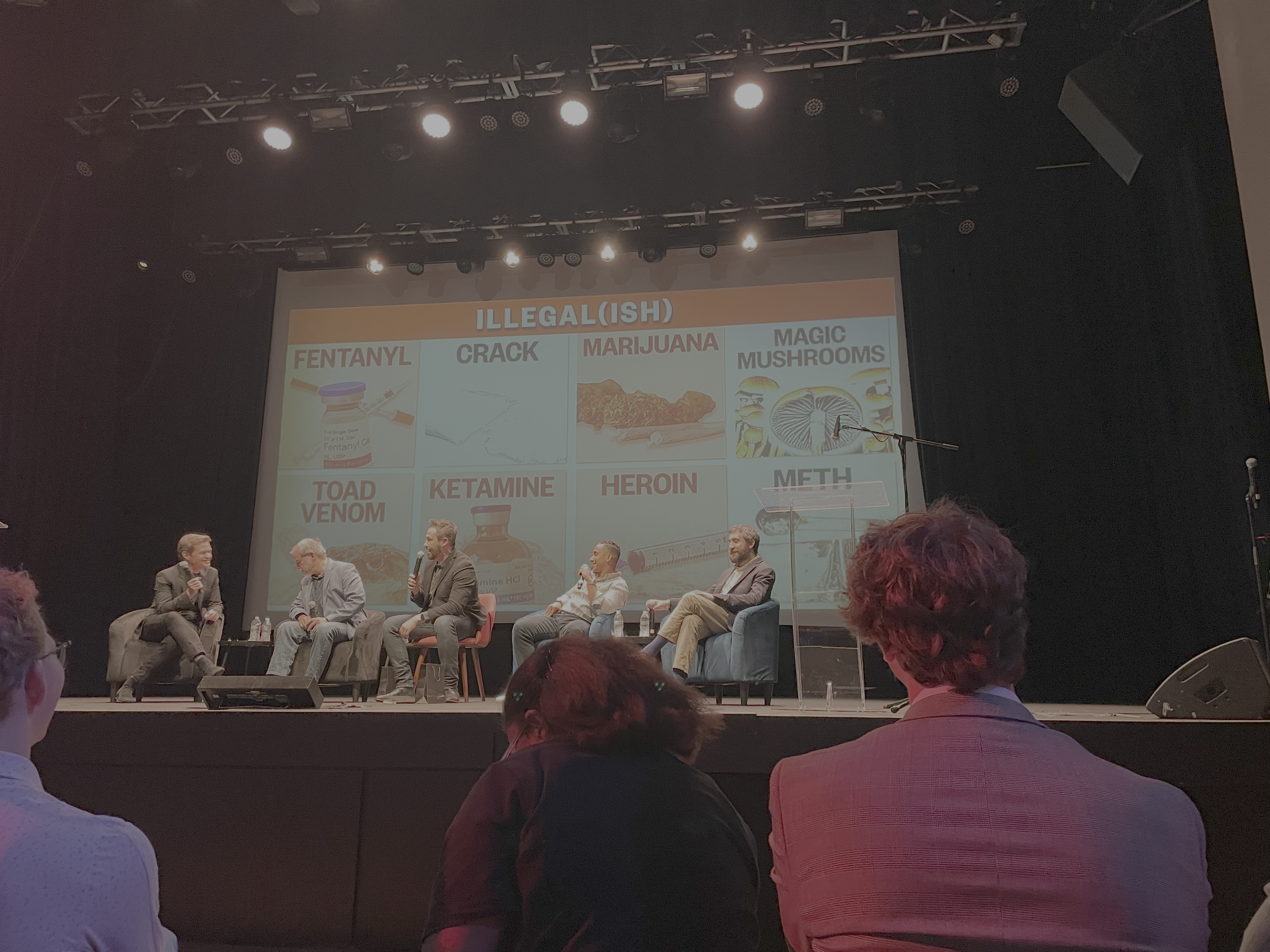







Leave a Reply